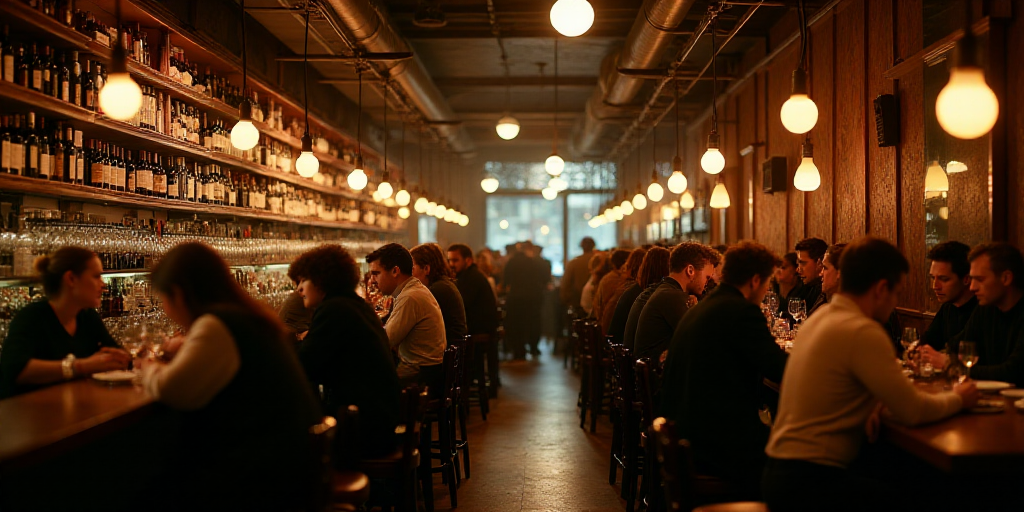Introduction
The increase in the Impuesto Especial sobre Producción y Servicios (IEPS) for sugary beverages, set to take effect in 2026, may seem minor at first glance. A drink that previously cost 40 pesos will now range from 45 to 47 pesos. While consumers might tolerate this small adjustment, restaurant owners face a direct blow to their profit margins with an additional 3% to 5% on each bill.
The Accumulated Burden
Eduardo Mercado Peña, CEO of the gastronomy and hospitality consulting firm CONGAHIN, explains that the IEPS increase is just another link in a long chain of rising costs. In the past few months, essential supplies have risen between 10% and 12%, particularly meats. Adding to this are wage increases, vacation bonuses, and the recent rise in gasoline prices.
Beverages’ Significance in Restaurant Revenue
Sugary beverages account for 15% to 20% of a restaurant’s income, depending on the concept. Fast-food establishments can see this figure rise to 30%, while fine-dining restaurants have a smaller but still relevant percentage. The IEPS increase affects not only regular sodas but also light, sugar-free, and artificially sweetened beverages, broadening its impact.
Narrowing Profit Margins
Restaurant margins have been shrinking over the past decade. A decade ago, restaurants operated with average profit margins of 28%. Today, those figures have dropped to between 12% and 17%, leaving entrepreneurs with an increasingly narrow margin to absorb price increases without passing them on to consumers.
A Storm of Costs
The IEPS increase is just one component in the storm of pressures facing the industry:
- Rising Supply Costs: meat, chicken, and basic goods have increased by 10% to 12% in recent months.
- Labor Burdens: wage and vacation bonus increases automatically add to payroll costs.
- Gasoline and Energy: January adjustments increase operational and logistical expenses.
- Delivery Services: commissions of up to 35% can eat into profits when customers opt for home delivery.
- Security Measures: Restaurants in high-risk areas may need to alter schedules or invest in additional safety measures, though these costs are intangible.
Impact on Consumers
Although consumers will directly bear the 3% to 5% increase in each soda, the industry anticipates a decrease in visit frequency. Customers might continue consuming sodas but reduce their restaurant visits from twice a week to once, amplifying the impact beyond just a few extra pesos on a single drink.
What’s Next in 2026
CONGAHIN recommends not raising prices in January, as supply costs are still adjusting. Instead, wait until February to calculate the real impact, estimating a 6% to 9% increase in menus for 2026.
Mercado Peña advises standardizing recipes, calculating the cost of each dish, and employing sales strategies that promote higher-margin items. “Those who raise prices without a plan are essentially gambling,” he says.
Conclusion
The restaurant sector faces a future with more pressure than relief, as new taxes, labor regulations, and supply costs continuously chip away at profitability.
Key Questions and Answers
- What is the IEPS increase about? The Impuesto Especial sobre Producción y Servicios (IEPS) for sugary beverages will increase in 2026, adding 3% to 5% to restaurant bills.
- How will this impact restaurants? The increase, combined with other rising costs like supply, labor, and energy, will narrow restaurant profit margins.
- Which beverages are affected? The IEPS increase covers regular, light, sugar-free, and artificially sweetened beverages.
- What is the current state of restaurant margins? Profit margins have decreased from 28% a decade ago to between 12% and 17% today.
- What is the industry’s recommendation for 2026? CONGAHIN advises not raising prices in January but waiting until February to assess the real impact, estimating a 6% to 9% increase in menus for 2026.






